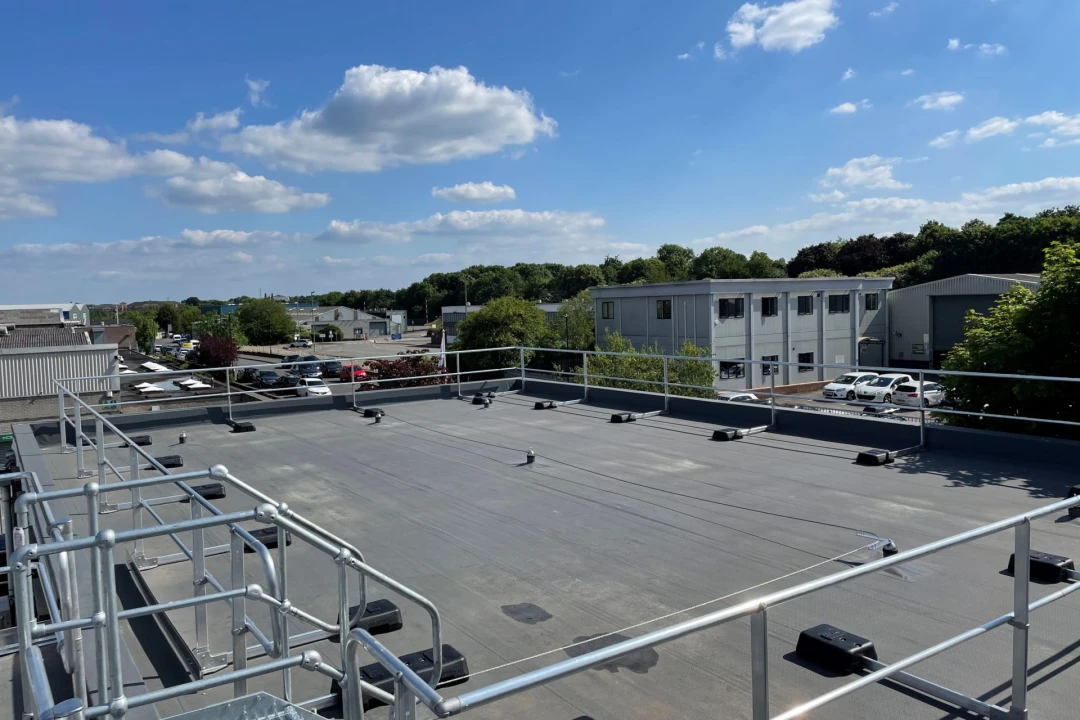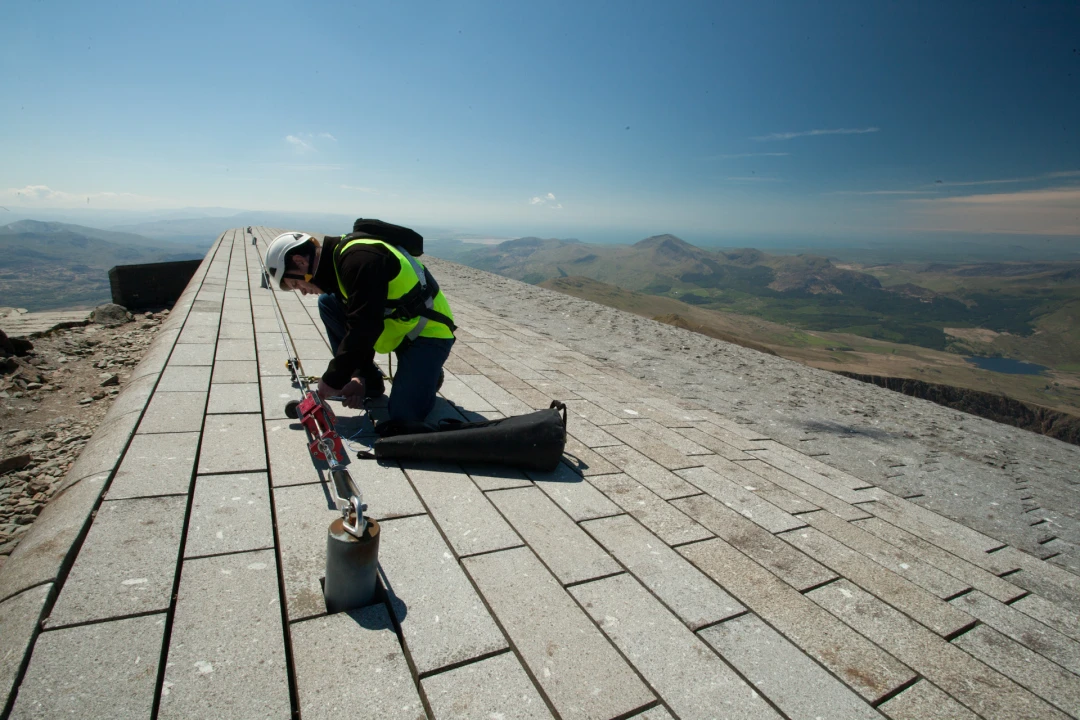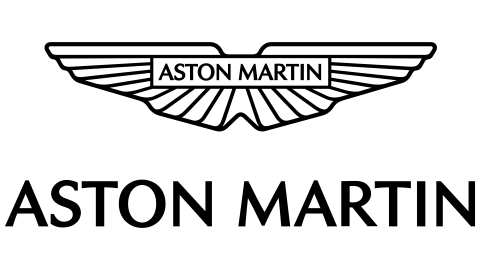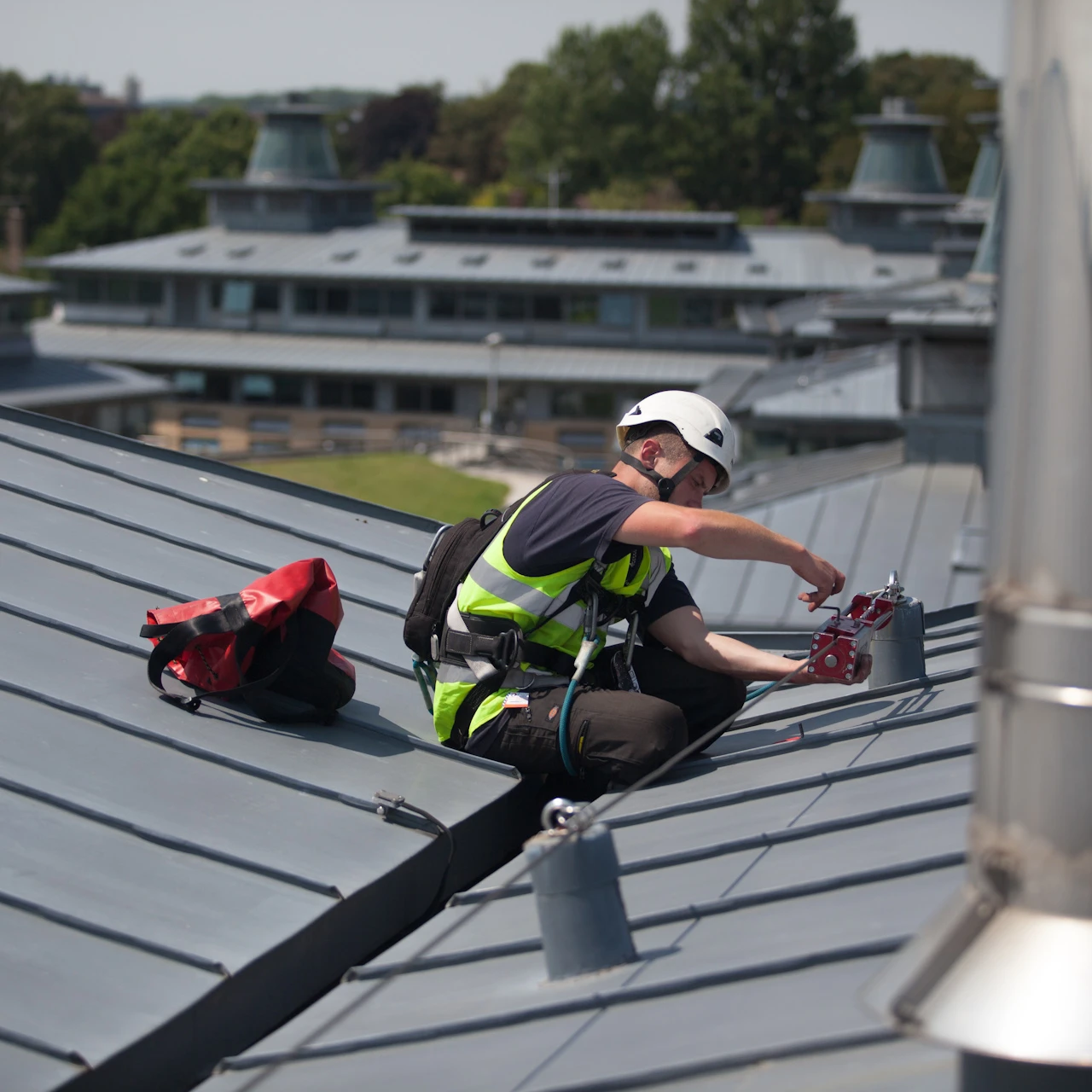

- Knowledge Base
- Blog
- Work-related fatality figures published by HSE
Work-related fatality figures published by HSE
Falls from height remain one of the most prevalent causes of workplace accidents worldwide. Whether it's construction sites, industrial facilities, or even domestic settings, the risks associated with falls from heights are significant.
Not only can these incidents lead to severe injuries or fatalities, but they also impose substantial financial burdens on businesses and society as a whole. In this blog, we will explore essential measures and strategies to prevent falls from height, ensuring the safety of workers and individuals in various environments.
124 workers killed in work-related accidents in 2024/25 (RIDDOR)
Falls from height pose a serious threat to safety, resulting in severe injuries such as fractures, head trauma, spinal cord damage, and even death.
According to the latest UK government statistics, falls account for a significant portion of workplace fatalities, making them a top priority for prevention efforts.
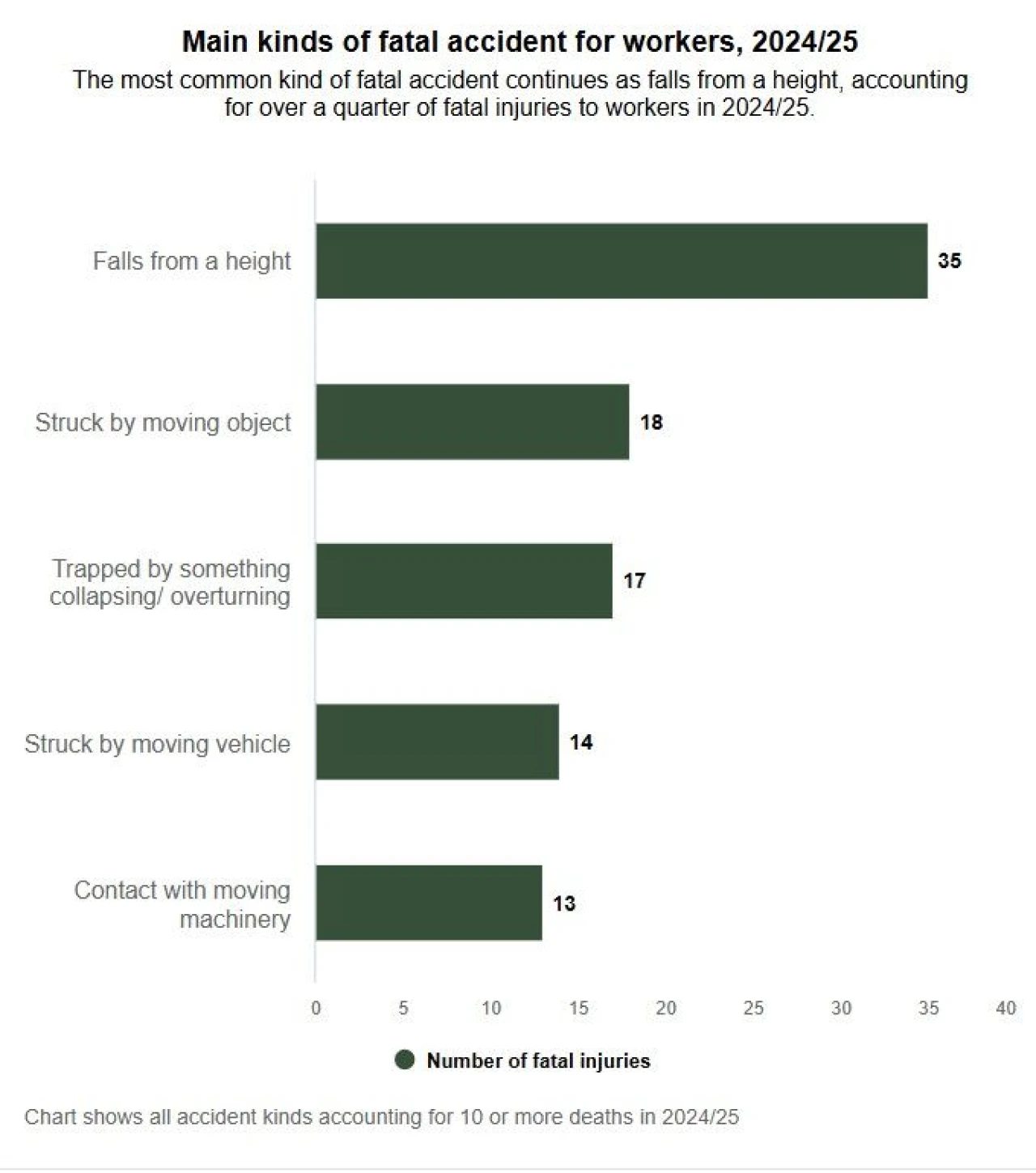
Preventing falls from height: Key strategies
Risk Assessment and Planning
Identify potential fall hazards in the workplace or living spaces, such as elevated platforms, roofs, ladders, or unstable surfaces. Conduct a thorough risk assessment to understand the gravity of each hazard and prioritize areas that require immediate attention. Develop a comprehensive fall prevention plan tailored to the specific environment and work processes.
Training and Awareness
Proper training is crucial to ensure all personnel are aware of the potential risks and how to handle situations safely. Train workers in fall prevention techniques, proper use of safety equipment, and emergency response protocols. Encourage a culture of safety and vigilance to foster a proactive approach to accident prevention.
Guardrails and Safety Barriers
Implement effective guardrail systems and safety barriers in areas where workers or individuals may be exposed to heights on a more regular basis. Guardrails provide a physical barrier to prevent accidental falls and serve as a constant reminder of potential dangers.
Provision of Safety Equipment
For infrequent access, provide workers with appropriate personal protective equipment (PPE) for fall prevention, including harnesses, lanyards, lifelines, and safety nets. Ensure that employees are well-versed in the correct usage and inspection of these tools. Regularly check and maintain safety equipment to ensure it remains in optimal working condition.
Secure Ladders and Elevated Platforms
Ensure that ladders and elevated platforms are correctly positioned, stable, and suitable for the task at hand. Always use the appropriate ladder or platform for the job, and train workers in ladder safety techniques, such as maintaining three points of contact while climbing.
Regular Inspections and Maintenance
Conduct routine inspections of all elevated structures, walkways, and safety equipment. Address any issues or defects promptly to prevent potential accidents. Develop a maintenance schedule and adhere to it diligently.
Avoid Working Alone at Heights
Whenever possible, avoid working alone at heights, especially in high-risk environments. Ensure work is carried out in pairs or provide additional support for workers, enabling them to assist each other in emergencies.
Conclusion
Preventing falls from height is a shared responsibility among employers, workers, and individuals alike. By conducting thorough risk assessments, promoting safety awareness, providing appropriate training and equipment, and maintaining a proactive safety culture, we can significantly reduce the number of accidents and protect lives.
Ultimately, prioritizing fall prevention not only ensures the well-being of workers and individuals but also leads to increased productivity, reduced medical costs, and enhanced overall workplace or living environment safety. Let us all commit to taking the necessary steps to prevent falls from height and create a safer world for everyone.
Learn more about...


